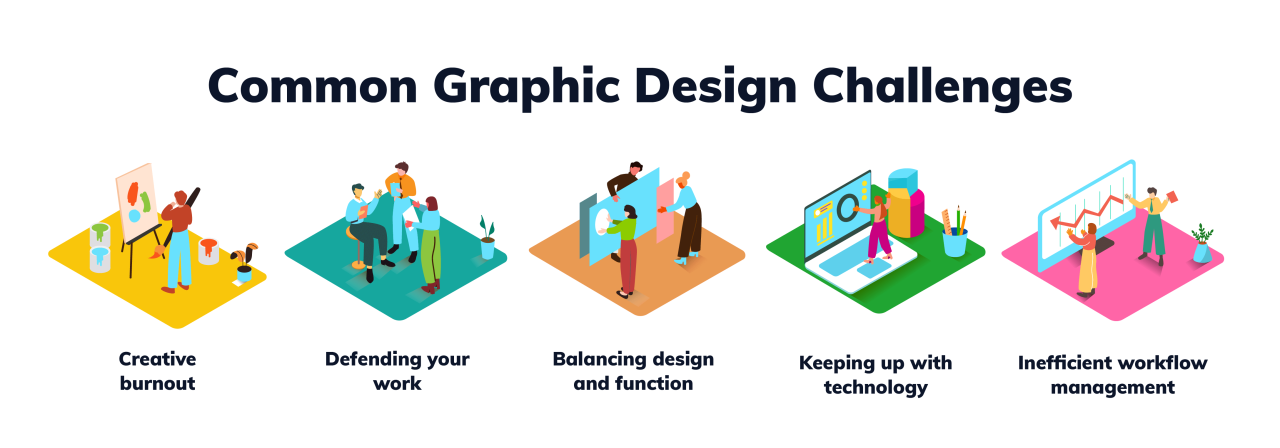In today’s fast-evolving world, designers face numerous challenges that demand creativity, functionality, and adaptability. From balancing aesthetics with usability to integrating sustainable practices, modern design problems require innovative solutions. This article explores key challenges in contemporary design and provides actionable strategies to overcome them while optimizing for SEO and readability.
A. Understanding Modern Design Challenges
Design is no longer just about visual appeal—it’s about solving problems efficiently. Here are some of the most pressing issues designers encounter today:
1. Balancing Aesthetics and Functionality
A visually stunning design is useless if it fails to serve its purpose. Striking the right balance between beauty and usability is crucial.
2. Responsive and Adaptive Design
With users accessing content across multiple devices, designs must be flexible enough to provide seamless experiences on smartphones, tablets, and desktops.
3. Sustainability in Design
Eco-friendly materials, energy-efficient processes, and minimal waste are becoming essential considerations in modern design.
4. User-Centric Design
Understanding user behavior and preferences is key to creating intuitive and engaging designs.
5. Fast Loading Times and Performance
Slow websites and applications drive users away. Optimizing performance without compromising design quality is a major challenge.
6. Accessibility and Inclusivity
Designs must be accessible to all users, including those with disabilities, ensuring compliance with standards like WCAG.
7. Keeping Up with Trends
Design trends evolve rapidly. Staying updated while maintaining originality is a constant struggle.
B. Effective Strategies to Solve Modern Design Problems
A. Prioritize User Experience (UX)
-
Conduct thorough user research to understand pain points.
-
Implement intuitive navigation and clear call-to-action (CTA) elements.
-
Use A/B testing to refine designs based on user feedback.
B. Embrace Responsive Design Techniques
-
Use flexible grids and scalable images.
-
Test designs across various screen sizes and resolutions.
-
Adopt a mobile-first approach for better performance.
C. Incorporate Sustainable Practices
-
Choose recyclable or biodegradable materials for physical designs.
-
Optimize digital designs to reduce energy consumption (e.g., dark mode).
-
Minimize waste in production processes.
D. Optimize for Speed and Performance
-
Compress images and videos without losing quality.
-
Minimize HTTP requests and leverage browser caching.
-
Use Content Delivery Networks (CDNs) for faster loading times.
E. Enhance Accessibility
-
Ensure sufficient color contrast for readability.
-
Provide alt text for images and captions for videos.
-
Use semantic HTML for better screen reader compatibility.
F. Stay Ahead of Design Trends
-
Follow industry leaders and design blogs.
-
Experiment with new tools and technologies.
-
Balance trends with timeless design principles.
C. The Role of Technology in Modern Design Solutions
Advancements in technology have revolutionized design problem-solving. Here’s how:
1. AI and Machine Learning
-
AI-powered tools can automate repetitive tasks, such as resizing images or generating color palettes.
-
Machine learning helps analyze user behavior to improve design decisions.
2. 3D and Augmented Reality (AR)
-
3D modeling allows for realistic product visualizations.
-
AR enables users to interact with designs in real-world environments.
3. Collaborative Design Platforms
-
Tools like Figma and Adobe XD facilitate real-time collaboration among designers.
-
Cloud-based storage ensures seamless access to design assets.
D. Case Studies: Successful Modern Design Solutions
A. Apple’s Minimalist Approach
Apple’s design philosophy focuses on simplicity, functionality, and elegance. Their products and interfaces prioritize user experience, proving that less can indeed be more.
B. Airbnb’s Inclusive Design Strategy
Airbnb ensures its platform is accessible to all users, including those with disabilities, by implementing clear typography, keyboard navigation, and descriptive alt texts.
C. Nike’s Sustainable Innovations
Nike incorporates recycled materials into its products and reduces carbon footprints through eco-friendly manufacturing processes.
E. Future Trends in Design Problem-Solving
1. Voice-Activated Interfaces
With the rise of smart assistants, voice-controlled designs will become more prevalent.
2. Biophilic Design
Incorporating natural elements into designs to improve well-being and productivity.
3. Hyper-Personalization
AI-driven customization will allow designs to adapt to individual user preferences in real time.
Conclusion
Solving modern design problems requires a blend of creativity, technology, and user-centric thinking. By embracing responsive design, sustainability, accessibility, and the latest technological advancements, designers can create solutions that are both functional and visually compelling. Staying ahead of trends while maintaining timeless principles ensures long-term success in the ever-changing design landscape.














